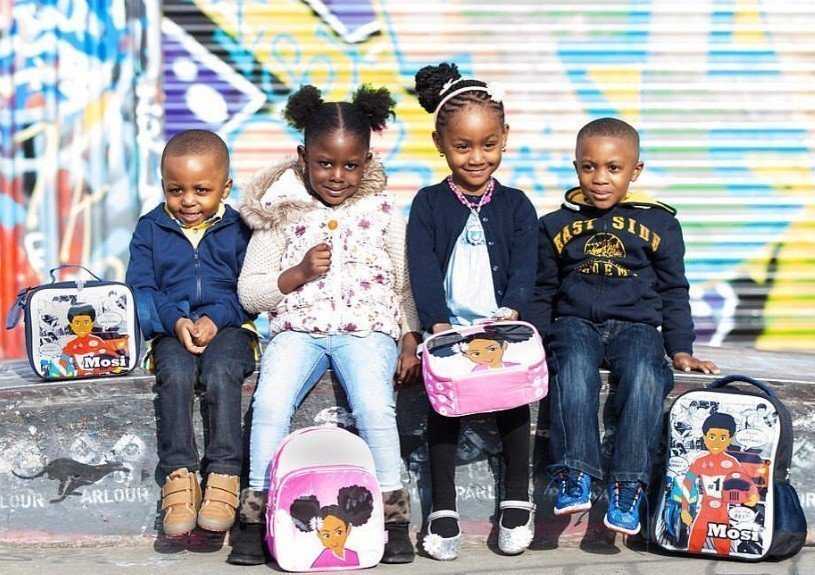BY: KABRENA ROBINSON
September is almost upon us, which means back to school. For many parents, an essential part of back to school planning involves ensuring that their children are ready and equipped with the necessary tools to function efficiently in a classroom.
Many younger children will be drawn to school supplies that may feature images of their favourite cartoon character, superhero or Disney princess. However, it might be a task to find supplies with images that represent children of all colour and ethnicities. The reality is that the mainstream generally lacks greatly in minority character representation. So, for children of colour, options can be very limited.
Kids Swag, a Canadian company that facilitates “a fantastic selection of lifestyle products for kids from vendors around the world”, is passionate about catering to this essential need. The retail company makes it easy for parents to purchase products with “positive black images” because to them, “representation matters”.
Their newest product is a line of “I Can Do Anything” backpacks from the company Blended Designs founded by Casey Kelley in 2014 with the main goal of providing her son with “an empowering backpack for school & travel”. The backpacks feature images that represent a wide range of characters with “melanin skin tones” and hairstyles, along with fun and inspirational texts.
Mom, wife, and founder of Kids Swag, Kimberlee West expressed that it was very important for her company to feature this product as it aligns perfectly with the concept, goals and purpose of Kids Swag, which is “inspiring confidence through representation”.
“I thought it was impactful because of the visuals in regards to the backpacks showing black girls and boys with natural hairstyles from locs to bantu knots to braids, with the idea that is truly representative of the number of different type of ways that a young child may look,” she said. “On top of that, the empowering statements on that backpack, to walk through a school or to see on the street, that representation even beyond the image to the wording of ‘yes, I am being empowered by just carrying this backpack’ I think was so important.”
West added that she believes it is highly necessary for children to become comfortable with recognizing positive representations of themselves from an early age. She shared that as a parent of two girls, she has always been adamant about instilling confidence through representation, whether it be through the images in the books they read or TV shows they watch. For her, ensuring that they see themselves as beautiful and capable of doing anything is essential.
“With Kids Swag, I want to normalize this idea of representation,” she said.
“The more representation our children are exposed to the more they are going to be able to think that it’s normal because we have to think about the fact that we are combating the mainstream imagery. In my mind, it’s the idea that there is going to be greater acceptance of self and a confident child is a child that’s gonna be able to go out in the world and truly be successful.”
To accompany the line of “I Can Do Anything” backpacks available on the Kids Swag website, are a range of other scholastic and everyday lifestyle products including notebooks, mouse pads, lunch bags, water bottles and t-shirts, all portraying images of black kids as well as swim caps that fit all natural black hair types. All products reflect boldly the main focus of the company, which is to provide products that cater to and promote positive black representation.
West says that the feedback and support that she has received from the community since starting Kids Swag has been positive and encouraging. She also added that the possibilities for providing more products that cater to the goals of her company are endless.
“The biggest thing is the support from the community,” she said.
“I think there is a very strong recognition and understanding of why this store needs to exist. There is definitely this awakening of why we need items like these, so why not make it available as easy as possible.”

